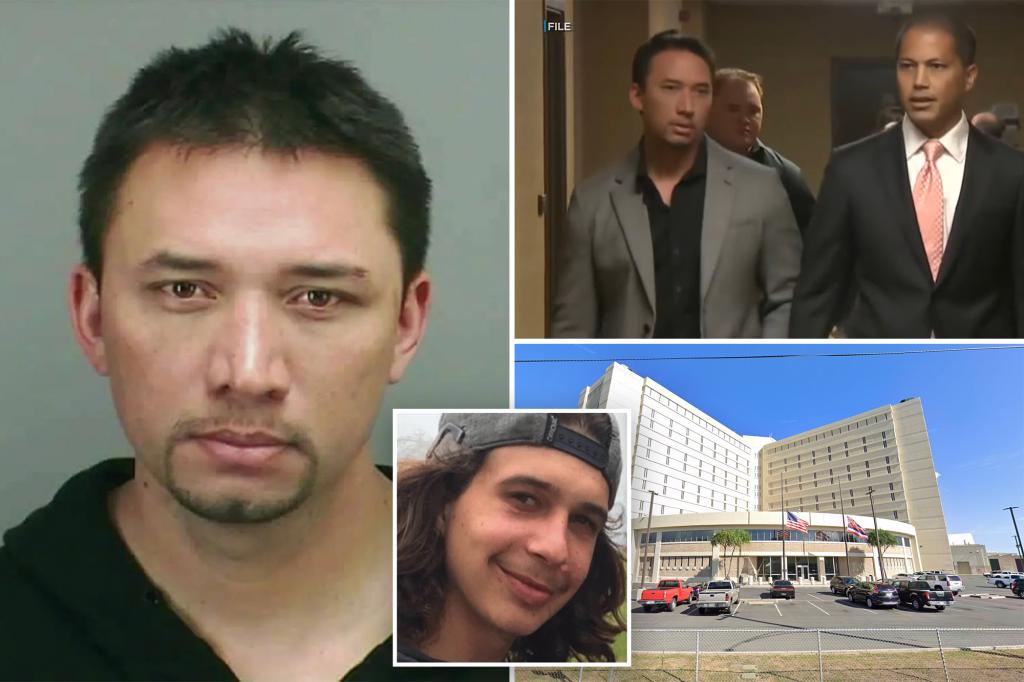Michael “Mike” Miske, a notorious crime boss in Hawaii, was found dead in his prison cell at the Federal Detention Center in Honolulu over the weekend. The Bureau of Prisons confirmed on Monday that Miske was discovered unresponsive and was pronounced dead shortly after 10 a.m. The exact cause of his death remains unclear, and authorities are reportedly investigating it as a potential suicide, though it is uncertain if he was on suicide watch at the time of his passing. Miske’s criminal activities had escalated to such severity that he was convicted on multiple charges, including racketeering conspiracy, murder in aid of racketeering, and kidnapping resulting in death.
Miske’s criminal enterprise, known as the “Miske Enterprise,” extended from the late 1990s up until his arrest in July 2020. His legal troubles began in earnest when he was linked to the 2016 disappearance of Johnathan Fraser, the best friend of Miske’s late son, Caleb. Caleb Miske died in a high-speed car crash in November 2015, with police attributing responsibility to him. However, Miske blamed Fraser for the incident, sparking a ruthless vendetta that would ultimately lead to Fraser’s abduction and murder. Despite an extensive investigation, Fraser’s body has never been located, highlighting the sinister nature of Miske’s operations and hinting at the lengths he was willing to go in seeking vengeance for his son’s death.
The unraveling of Miske’s criminal network came to the forefront after Fraser’s disappearance. Law enforcement officials began scrutinizing Miske’s activities, which led to an extensive investigation culminating in a federal raid on his home in 2020. The trial against Miske initiated in January 2024, lasting approximately six months, during which significant details about the conspiracy to murder Fraser were revealed. Evidence presented in court illustrated that Miske had directed co-conspirators to plan out the kidnapping and murder of Fraser, even providing them with a financial incentive for carrying out the act. On the day of Fraser’s abduction, a co-conspirator ensured that Fraser and his companion were separated, making the kidnapping possible.
Miske’s web of criminality extended far beyond the murder of Fraser. The trial uncovered an extensive criminal background involving business ventures that were fronts for his illicit activities, including a pest control company and the flashy M nightclub. Authorities documented numerous incidents of ruthless conduct on Miske’s part, such as orchestrating murder-for-hire schemes, executing a robbery, and even conspiring to use a toxic chemical against rival establishments. One particularly shocking incident involved releasing chloropicrin, a harmful chemical, into two different Honolulu nightclubs, revealing the dangerous extent of Miske’s organized crime operations.
His conviction resulted in significant financial penalties, allowing the government to seize approximately $28 million in assets, including multiple properties, boats, and valuable artworks. Furthermore, his criminal enterprise encompassed a network of associates, around a dozen of whom were implicated in Miske’s crimes, thus painting a broader picture of organized crime in Hawaii. Miske’s activities had a palpable impact on the local community, showcasing the blend of legitimate business and criminal enterprises that can often hide in plain sight.
Just before his unexpected death, Miske was facing serious consequences with a scheduled sentencing hearing set for January, which could have resulted in a life sentence in prison. His untimely death underscores the complexities of organized crime and the often-unresolved narratives surrounding such figures even as they face legal reckoning. As investigators continue to probe the circumstances of his death, Miske leaves behind a legacy of violence, retribution, and criminal enterprise that will haunt Hawaii’s landscape for years to come.

